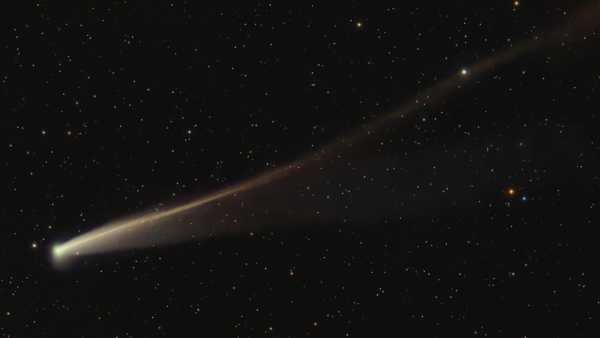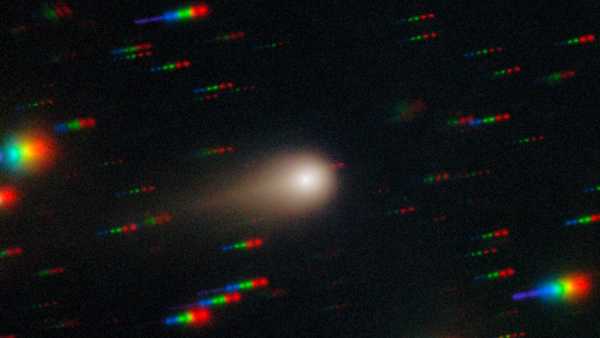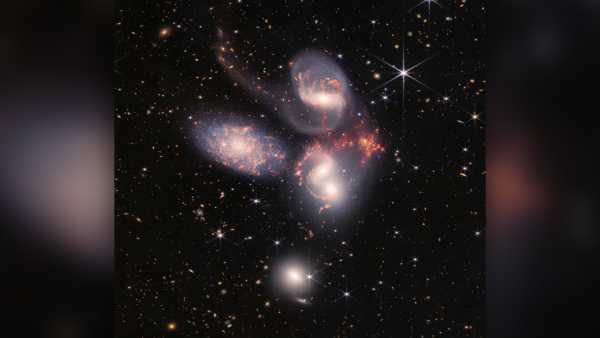
Stephan's Quintet is an interaction of four galaxies (with a fifth accidentally captured in the frame) in nearby space. Modern observations using the JWST observatory have revealed a similar cluster in the distant universe, existing 800 million years after the birth of the cosmos. (Image credit: NASA, ESA, CSA and STScI)
Scientists have detected a unique group of five colliding galaxies that formed in the early epochs of the Universe's existence – less than a billion years after its origin. The discovery was made possible by a joint analysis of data from the James Webb and Hubble space observatories.
The process of galaxy mergers is considered an important part of their evolution in the early Universe. Although such events are rare, they usually involve two galaxies. However, the new discovery, called the Webb Quintet, includes five interacting galaxies and 17 star clusters.
“The discovery of a cluster of five gravitationally bound galaxies is an extremely rare phenomenon, both in theoretical models and in observational practice,” said study leader Vaida Hu of Texas A&M University. “The chances of detecting such an object are extremely low, which may indicate a lucky break in our observations,” Hu explained to Live Science.
You may like
-
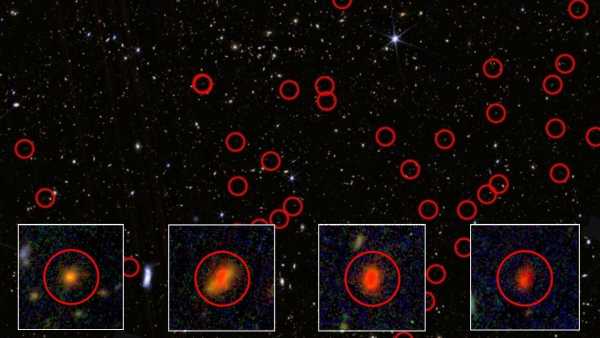
The Webb telescope has identified 300 mysterious glowing objects. What is behind their glow?
-
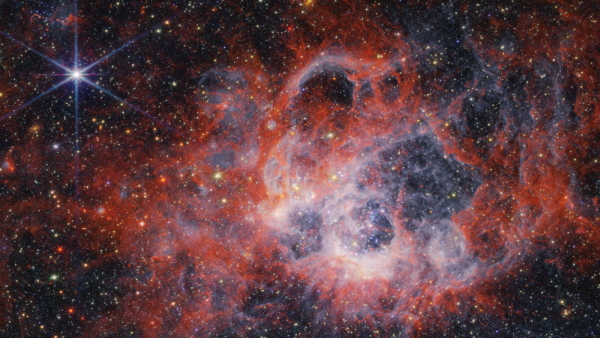
Webb Observatory Finds 'Sleeping' Galaxies in Early Cosmos — Existing Against Expectations
-
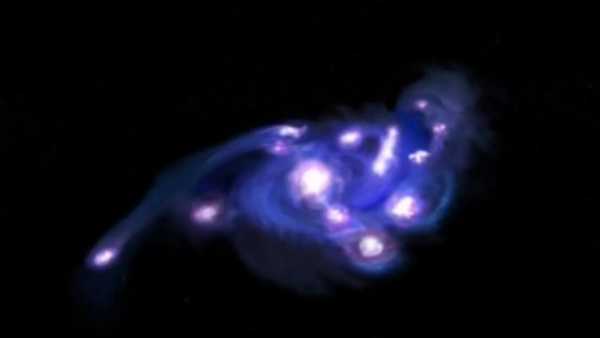
Unique Galaxy 'Space Grapes' Discovered in the Early Universe. What's Its Significance? (Photo)
These objects are classified as emission-line galaxies due to their prominent spectral signatures of hydrogen and oxygen, indicating active star formation.
The power of two
The results of the study, published August 15 in Nature Astronomy, are based on a combination of data from two telescopes.
As Hu explained, Webb's NIRCam camera detected a vast gas halo around the group, confirming the physical connection between all five galaxies.
Some of these objects had been previously detected by Hubble, but “only Webb confirmed their common redshift and mutual influence,” Hu said. (Redshift is an indicator of cosmic distances, with larger values indicating older objects. The effect occurs because light waves are stretched as the universe expands.)
According to Hu, there may be additional faint galaxies in the system that require multi-frequency observations to detect.
Christopher Conselice, an expert in extragalactic astronomy at the University of Manchester, noted the extreme rarity of multiple mergers in the early cosmos.
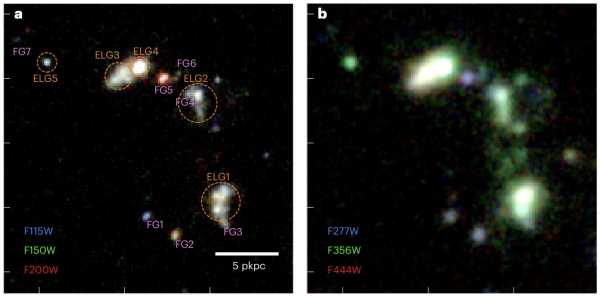
Two images of interacting galaxies obtained by JWST. The objects ELG1–ELG5 are located at a cosmic distance corresponding to 800 million years after the Big Bang.
“About 20 to 30 percent of galaxies are involved in mergers, but these are usually pairs. Multiple systems make up less than 1 percent of the total,” Conselice told Live Science.
The distance between the main galaxies in the system is 43,300 light years, with the most distant pair being 60,700 light years. For comparison, the diameter of the Milky Way is estimated at 100,000 light years.
“The close proximity of the objects increases the likelihood that they have merged,” Conselice said. “Additional analysis is needed to rule out the possibility of fragmentation of a single object.”
Distant relative
The system resembles a local Stephan's Quintet, where four galaxies interact and a fifth is in projection proximity.
“The similarities include gas bridges between galaxies, characteristic of tidal interactions,” Hu explained. “However, in Webb Quintet, the rate of star formation is much higher.”
Unlike the older galaxies in Stephan's Quintet, the objects in the new system exhibit active star formation that exceeds typical rates for their era.
The total mass of the stars in the system is estimated at 10 billion solar masses. The researchers suggest that these galaxies may evolve into massive passive systems 1–1.5 billion years after the Big Bang. JWST has previously discovered similar “quiet” galaxies, which raises questions about the mechanisms by which star formation ceases in the early Universe.
According to Conselice, the future fate of the system depends on the presence of active black holes capable of suppressing star formation.
If the merger results in the formation of a passive galaxy, this could explain the appearance of massive “dead” systems in the young cosmos.
RELATED STORIES
— New data cast doubt on the predicted collision of the Milky Way and Andromeda.
— Scientists have discovered the destruction of a nearby satellite galaxy.
— The Hubble telescope has recorded a galaxy with nine rings and a cosmic “dart”.
Hu noted that NIRCam images provide structural details but not the spectral data needed to study the system's dynamics and composition.
The discovery of similar systems in the future will allow us to study their prevalence and test their conformity with the standard cosmological model.
TOPICS Hubble Space Telescope

Srijaya Karantha, Live Science Contributor
Srijaya Karantha is a science journalist covering astronomy topics including the solar system, black holes, and the early universe. He works as a writer and researcher for the Mysteries of Space project, creating scripts for educational videos. He holds a master's degree in astrophysics.
You must verify your public display name before commenting.
Please log out and log back in. You will then be prompted to enter a display name.
Exit Read more
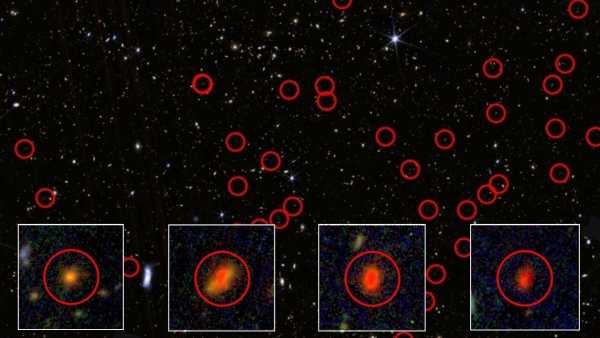
Webb Telescope Finds 300 Mysterious Glowing Objects. Galaxies or Something Else?
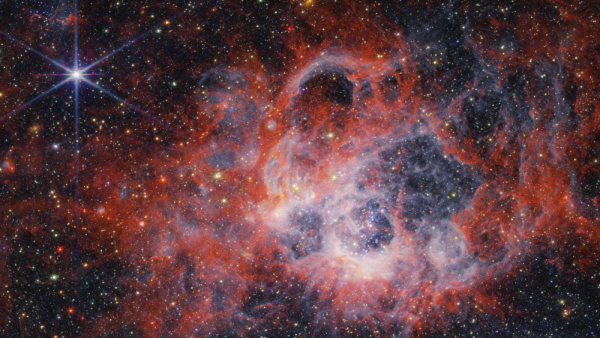
Sleeping Beauties of the Early Universe: The Riddle of Premature Extinction of Galaxies
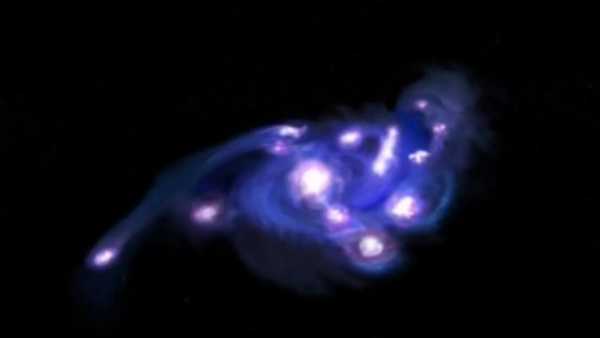
'Cosmic Grapes': The Importance of an Unusual Galaxy in the Early Universe (Photo)
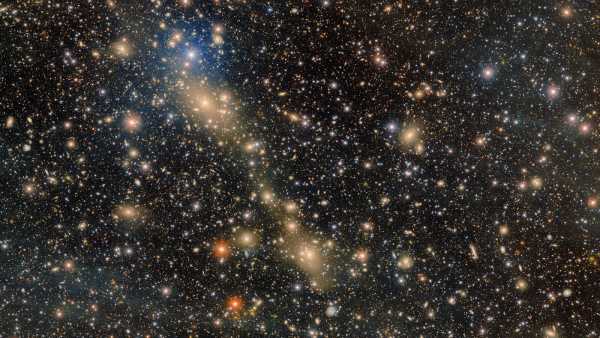
Star Bridge Between Galaxies: New Discovery by Scientists
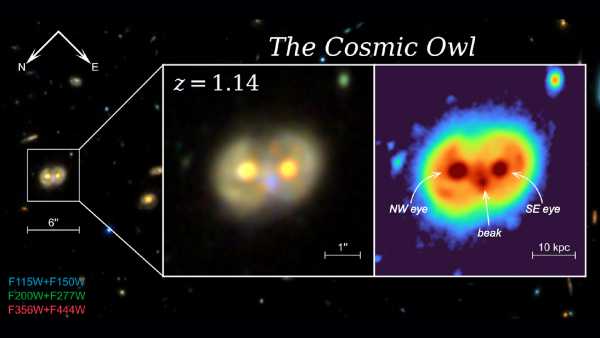
Webb telescope captures rare 'cosmic owl'
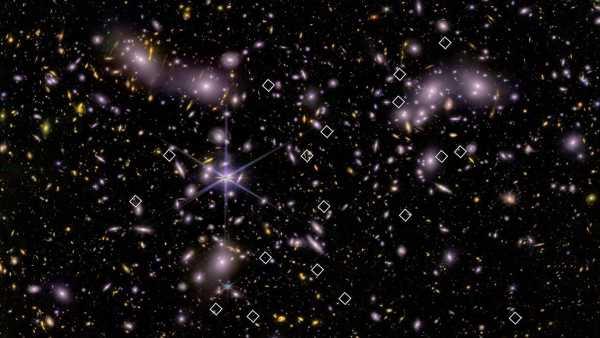
Dwarf galaxies of the early Universe: Key to cosmic transformations
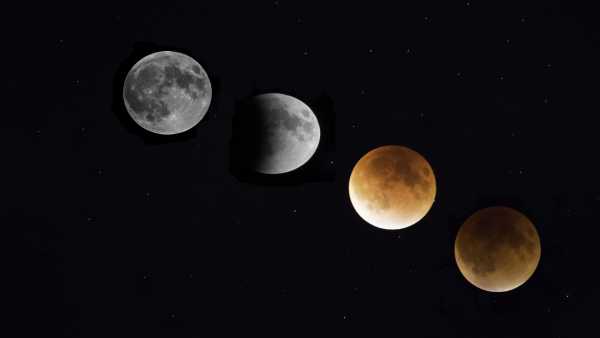
Where will the 'blood' lunar eclipse be visible this weekend?
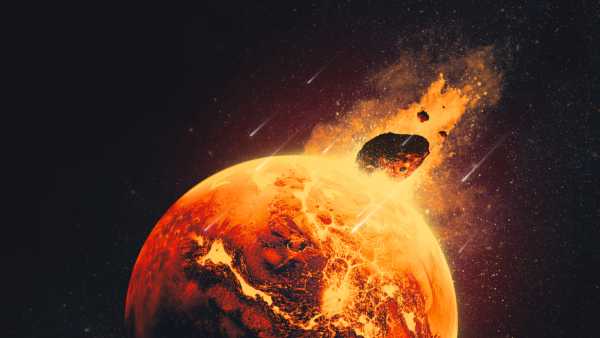
The Mystery of the Martian Interior: Dozens of Objects May Be Remains of Protoplanets

Asteroid the size of a bus flew past Earth and will return in a century

'Cannibal' Solar Storm Could Cause Auroras Over US
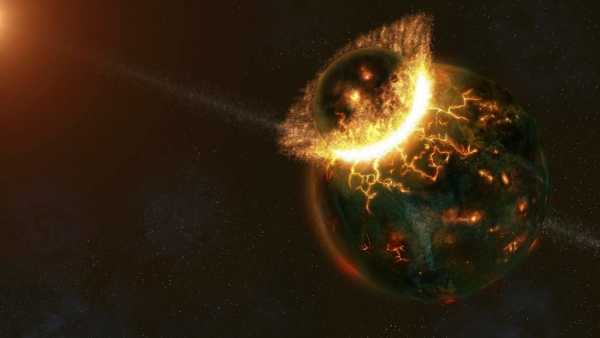
Collision of planets as a possible source of life on Earth
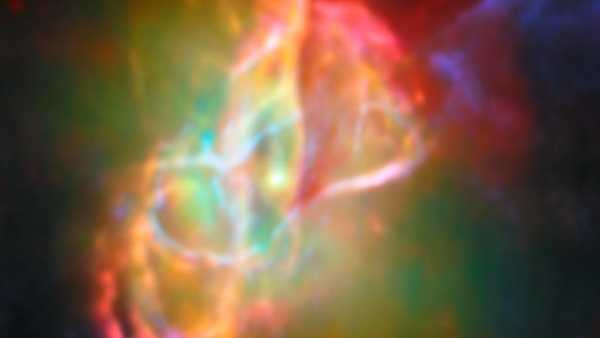
The Butterfly Nebula in Stunning New Image from Webb
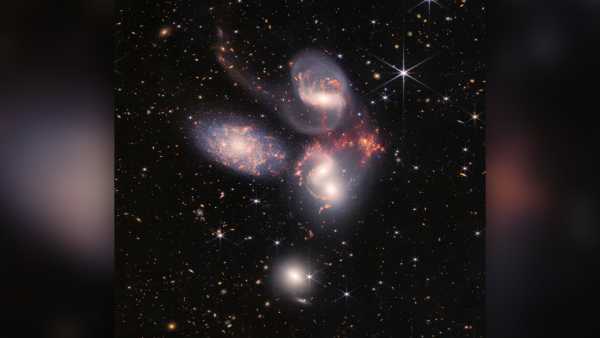
Webb telescope records unique collision of five galaxies in early space
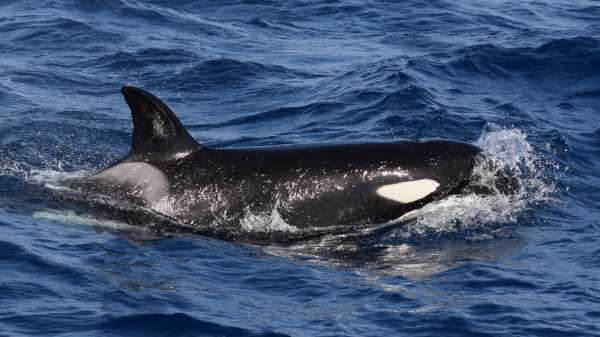
Repeated Killer Whale Attacks on Ships in Europe: New Cases

AI Robot Dog Masters Badminton: Video Is Impressive

1.8-million-year-old jaw may be oldest evidence of Homo erectus
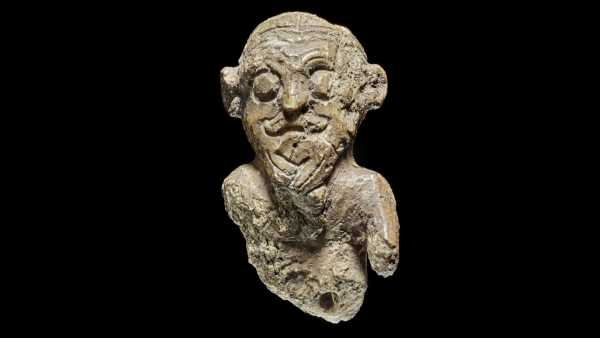
1,000-Year-Old Viking Figurine: Close-Up Portrait

AI Visualization: Fujiyama Erupts 'Without Warning' LATEST ARTICLES
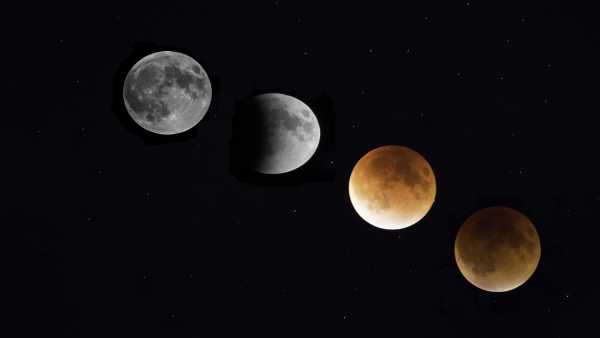
1Where to see the blood moon this weekend?
Live Science is part of Future US Inc., an international media group and leading digital publisher. Visit our corporate website.
- About Us
- Contact Future experts
- Terms and Conditions
- Privacy Policy
- Cookie Policy
- Accessibility Statement
- Advertise with us
- Web Notifications
- Career
- Editorial Standards
- How to present history to us
© Future US, Inc. Full 7th Floor, 130 West 42nd Street, New York, NY 10036.
var dfp_config = { “site_platform”: “vanilla”, “keywords”: “type-news-daily,serversidehawk,videoarticle,van-enable-adviser-
Sourse: www.livescience.com



